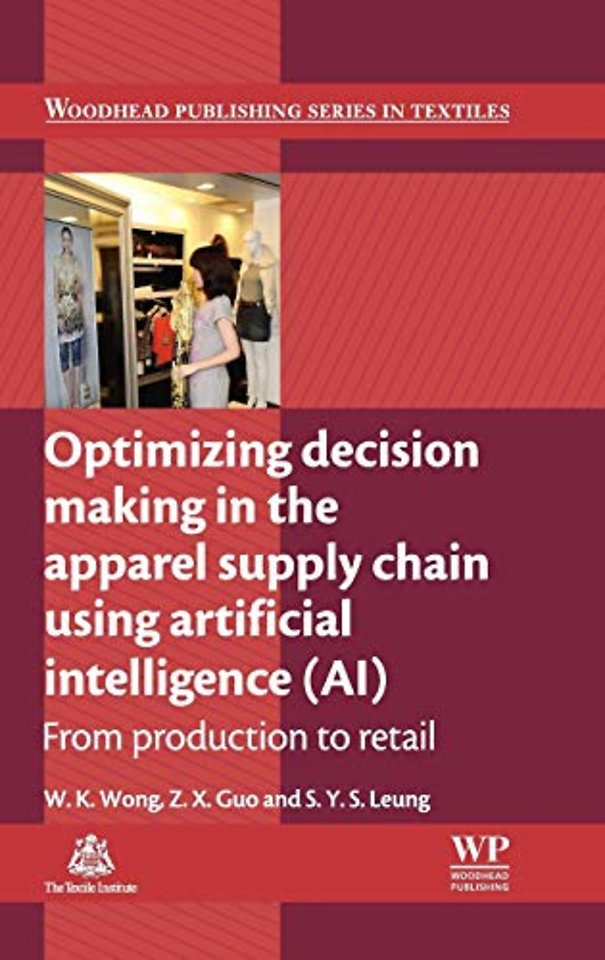Optimizing Decision Making in the Apparel Supply Chain Using Artificial Intelligence (AI)
From Production to Retail
Gebonden Engels 2013 9780857097798Samenvatting
Practitioners in apparel manufacturing and retailing enterprises in the fashion industry, ranging from senior to front line management, constantly face complex and critical decisions. There has been growing interest in the use of artificial intelligence (AI) techniques to enhance this process, and a number of AI techniques have already been successfully applied to apparel production and retailing. Optimizing decision making in the apparel supply chain using artificial intelligence (AI): From production to retail provides detailed coverage of these techniques, outlining how they are used to assist decision makers in tackling key supply chain problems. Key decision points in the apparel supply chain and the fundamentals of artificial intelligence techniques are the focus of the opening chapters, before the book proceeds to discuss the use of neural networks, genetic algorithms, fuzzy set theory and extreme learning machines for intelligent sales forecasting and intelligent product cross-selling systems.
Specificaties
Lezersrecensies
Inhoudsopgave
Rubrieken
- advisering
- algemeen management
- coaching en trainen
- communicatie en media
- economie
- financieel management
- inkoop en logistiek
- internet en social media
- it-management / ict
- juridisch
- leiderschap
- marketing
- mens en maatschappij
- non-profit
- ondernemen
- organisatiekunde
- personal finance
- personeelsmanagement
- persoonlijke effectiviteit
- projectmanagement
- psychologie
- reclame en verkoop
- strategisch management
- verandermanagement
- werk en loopbaan

